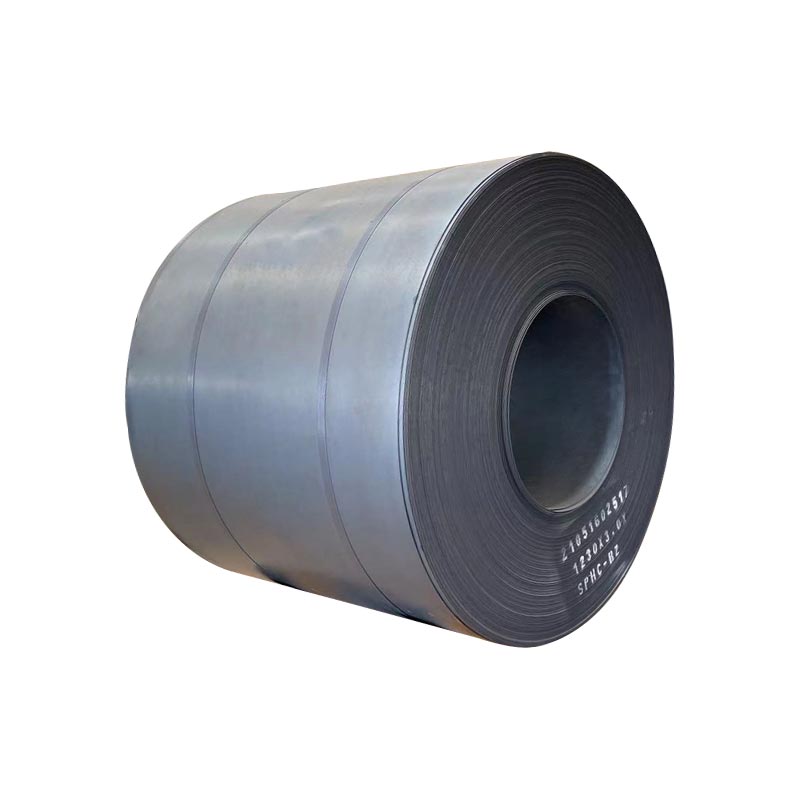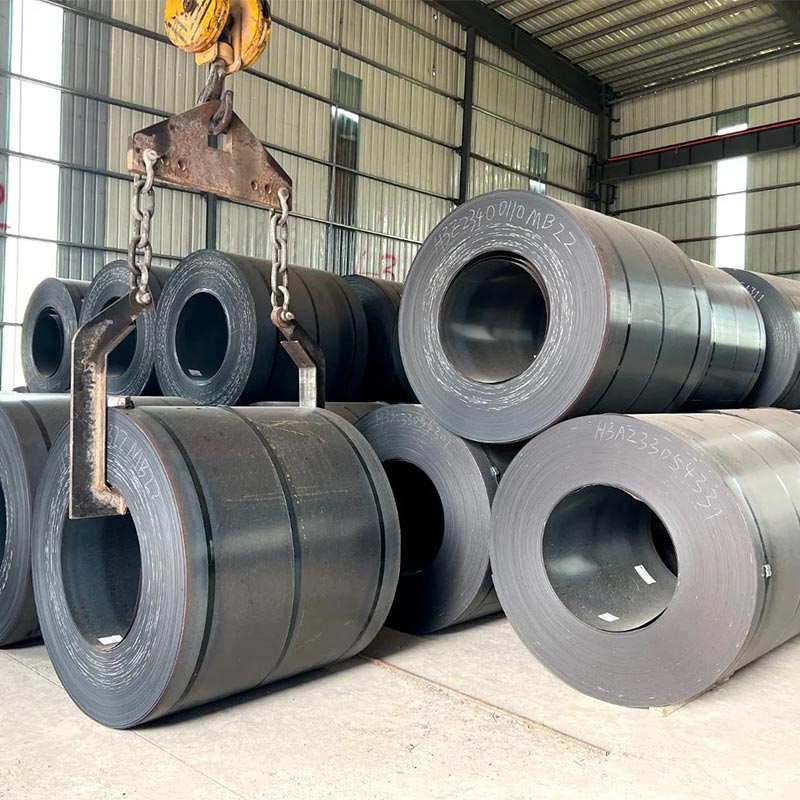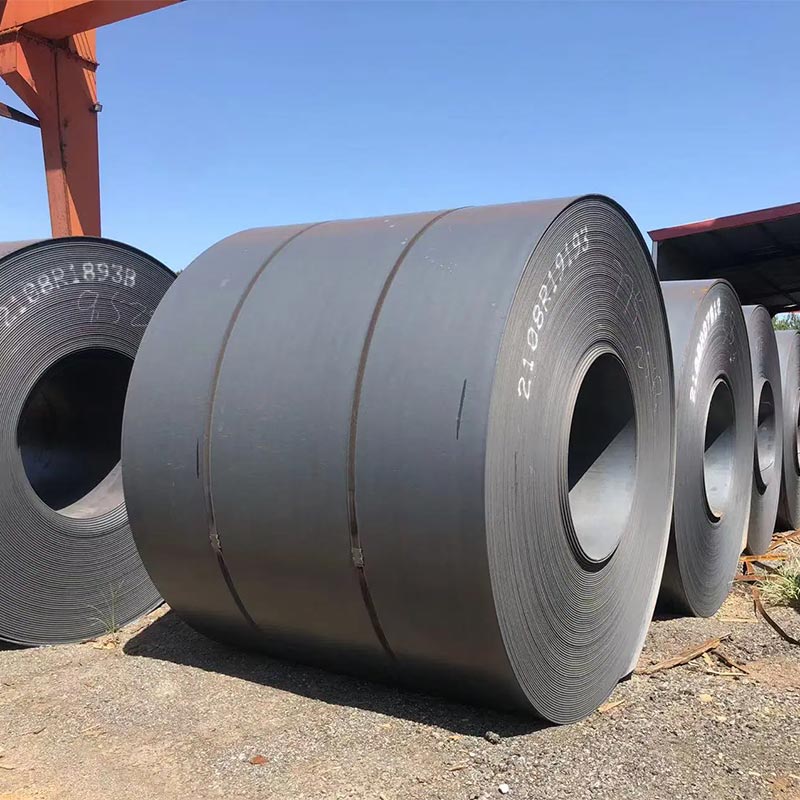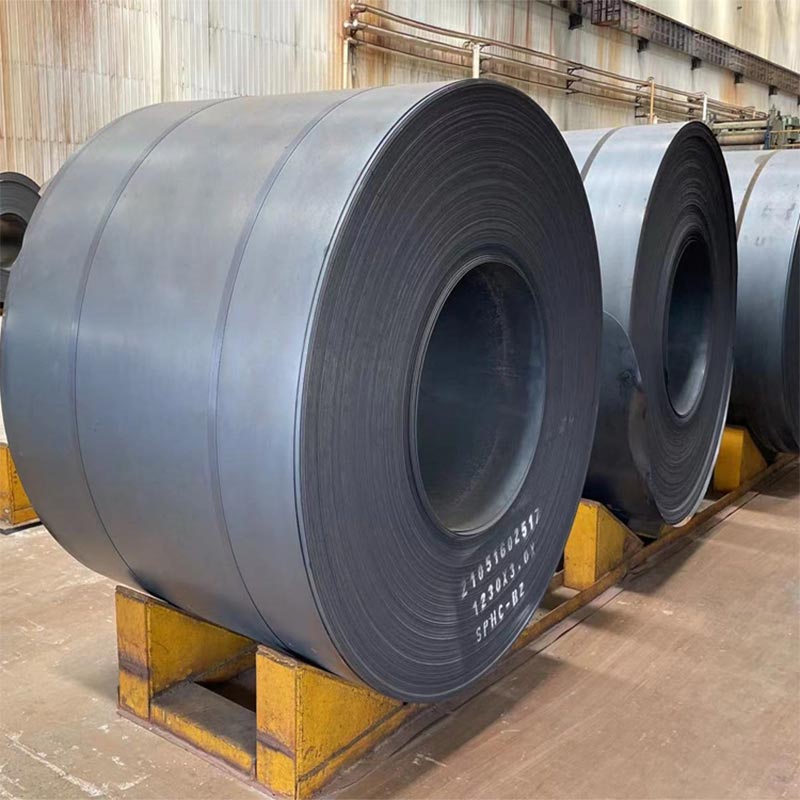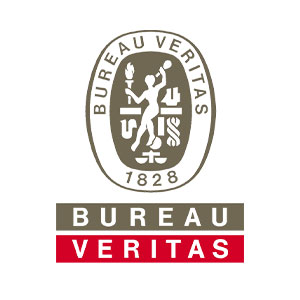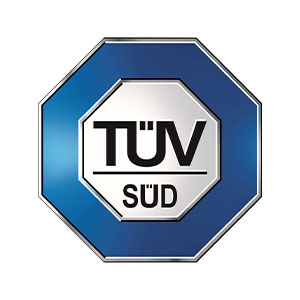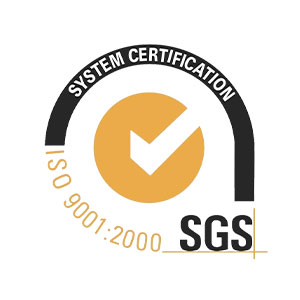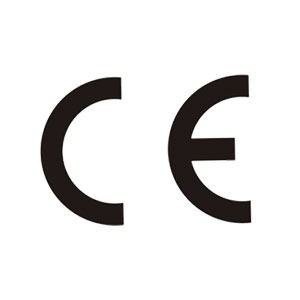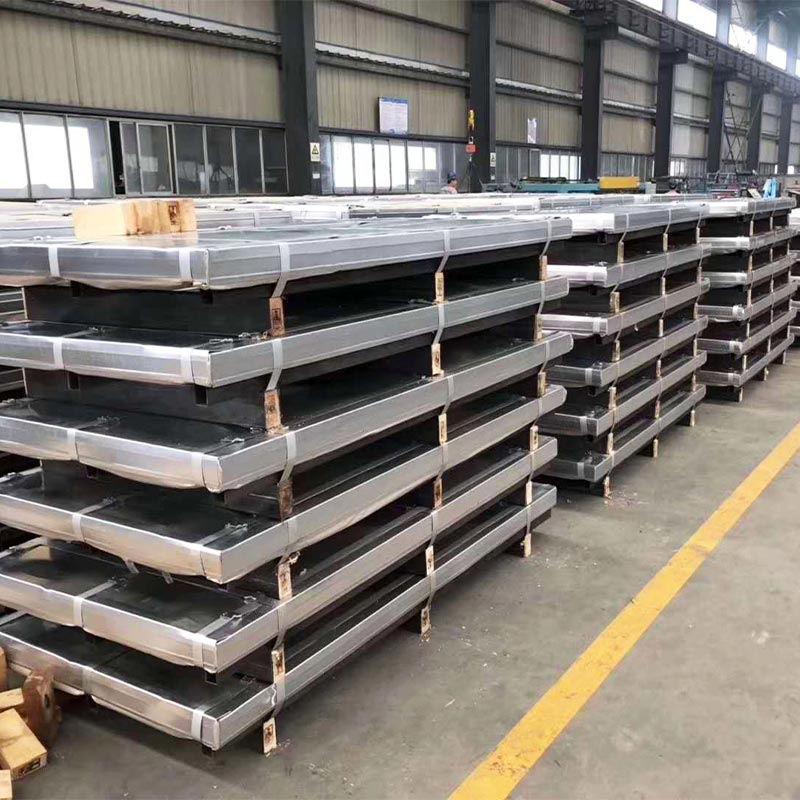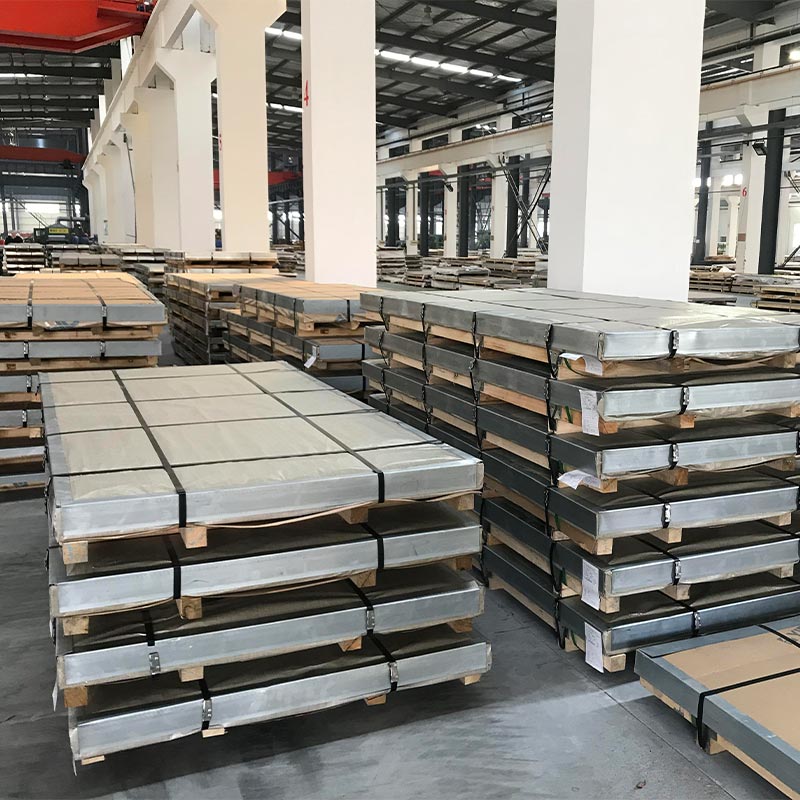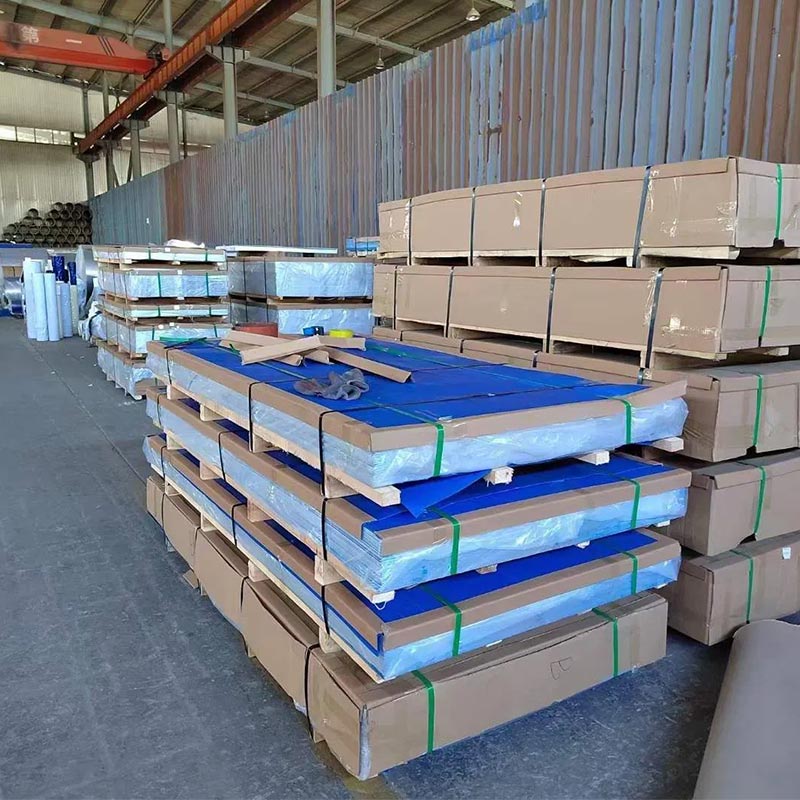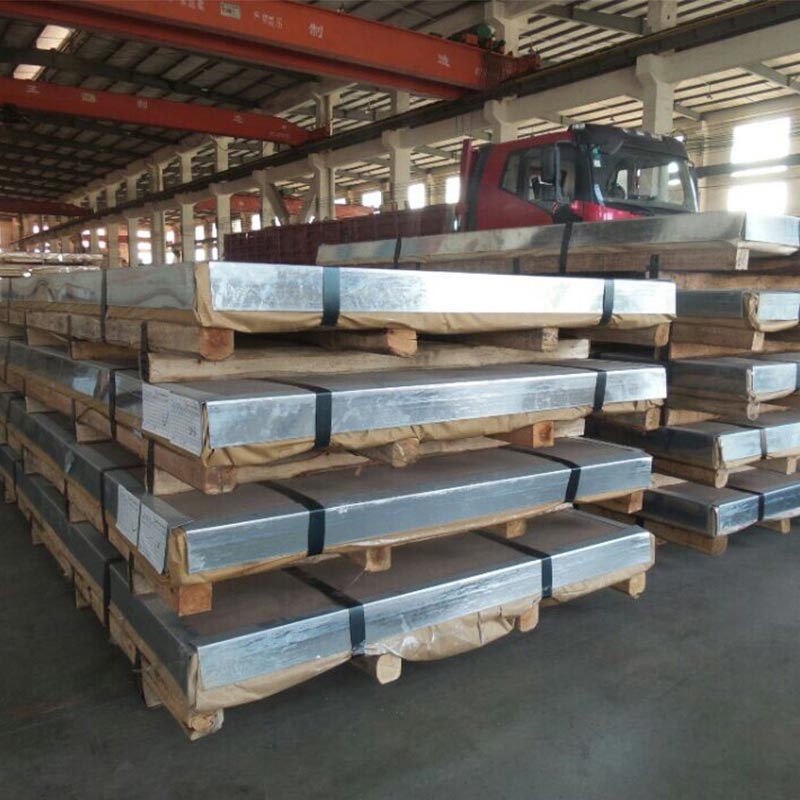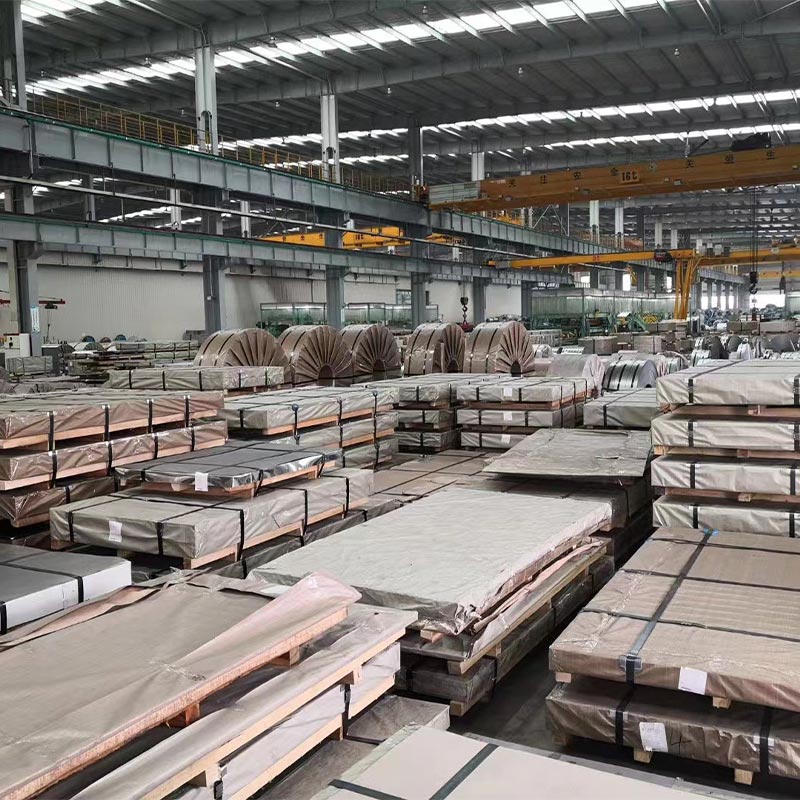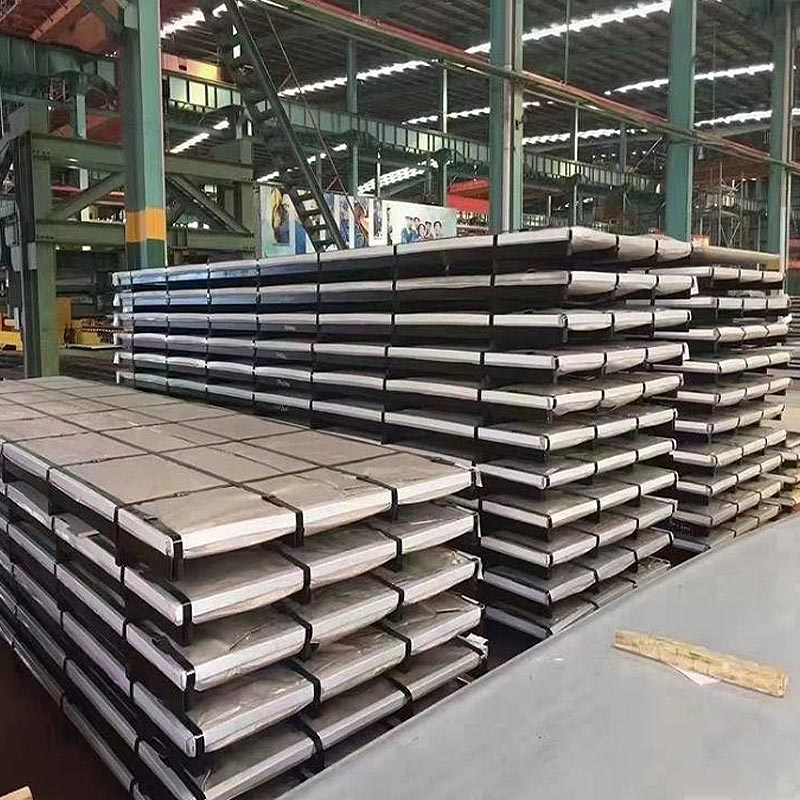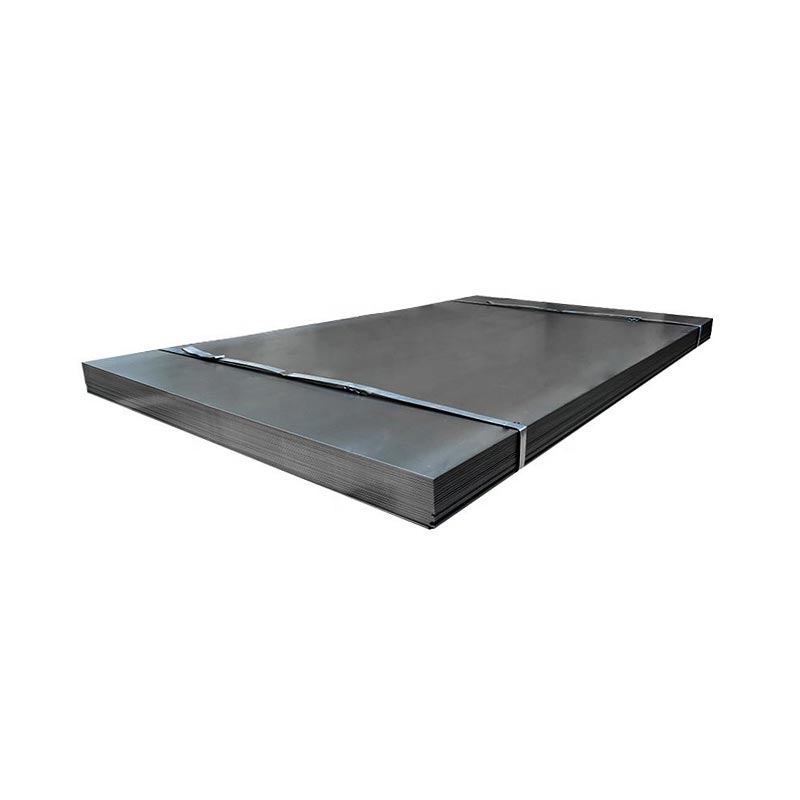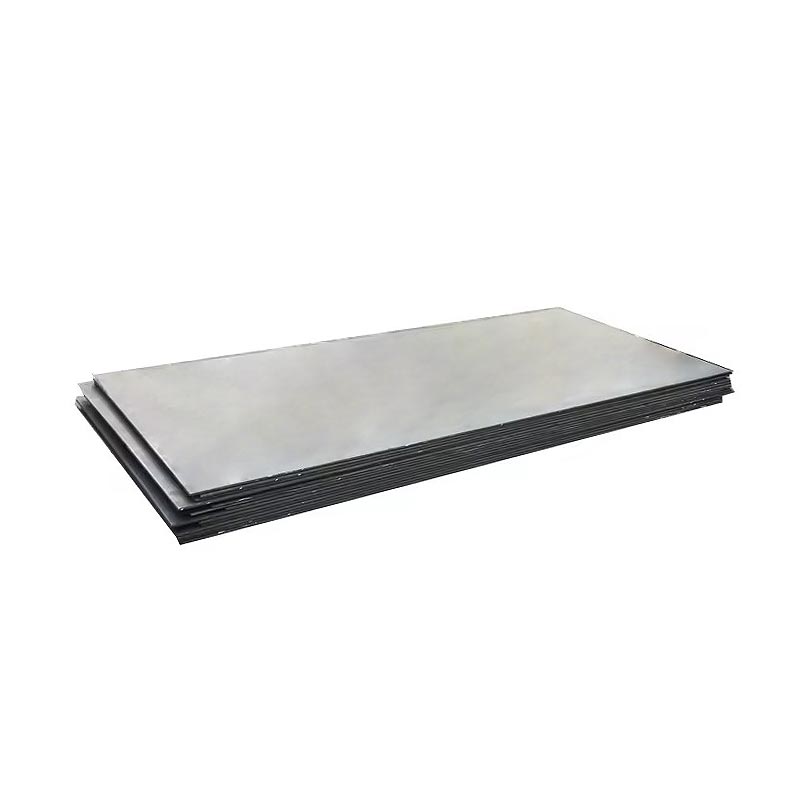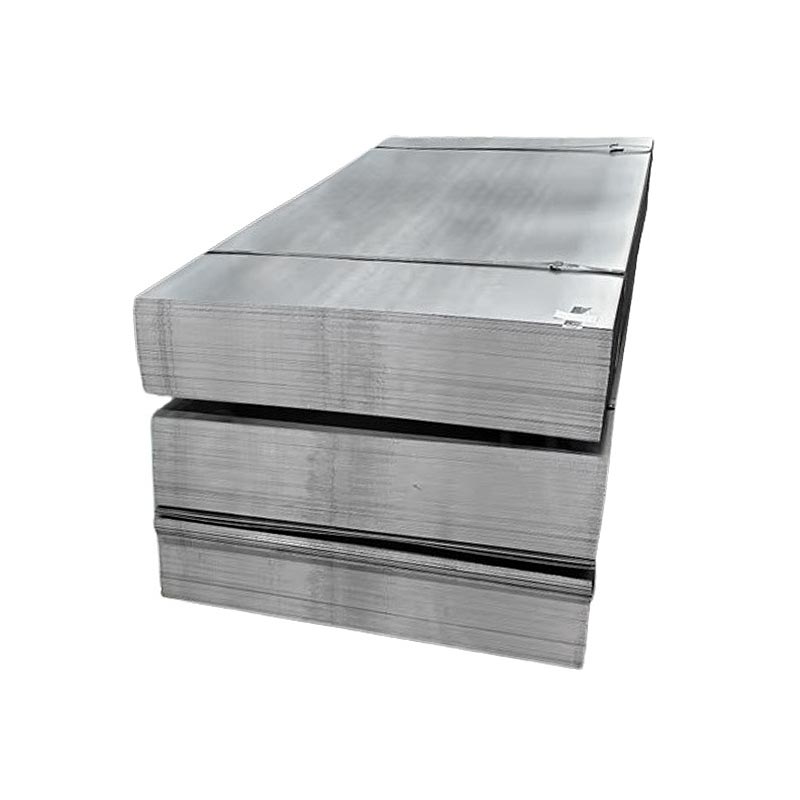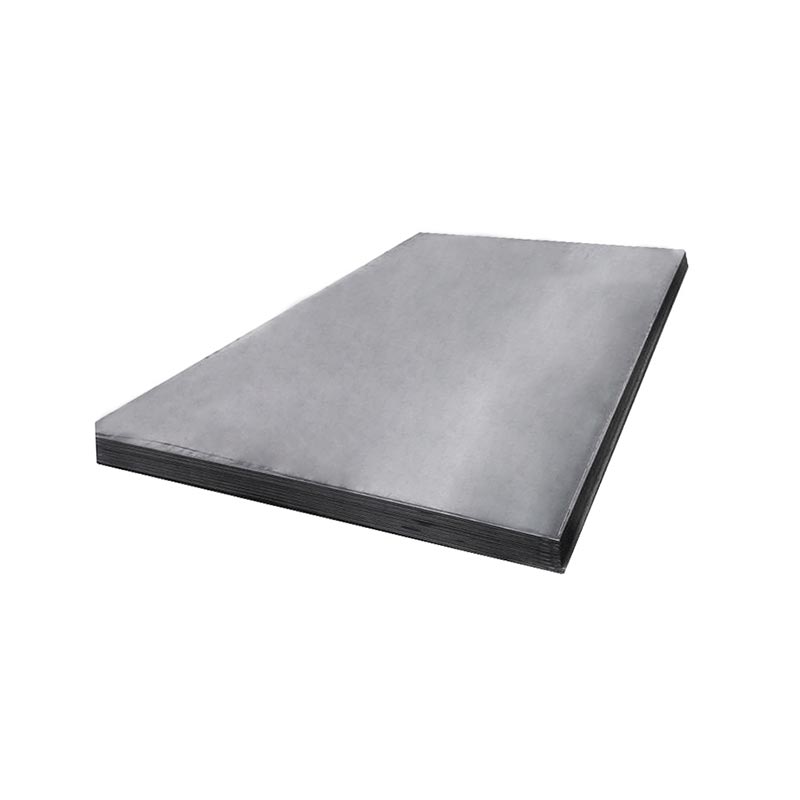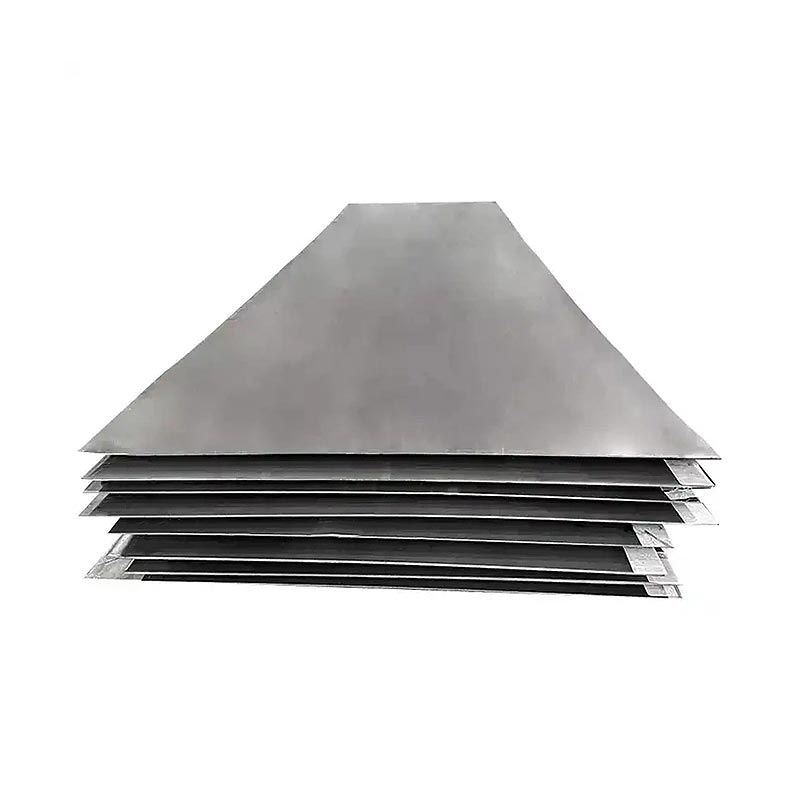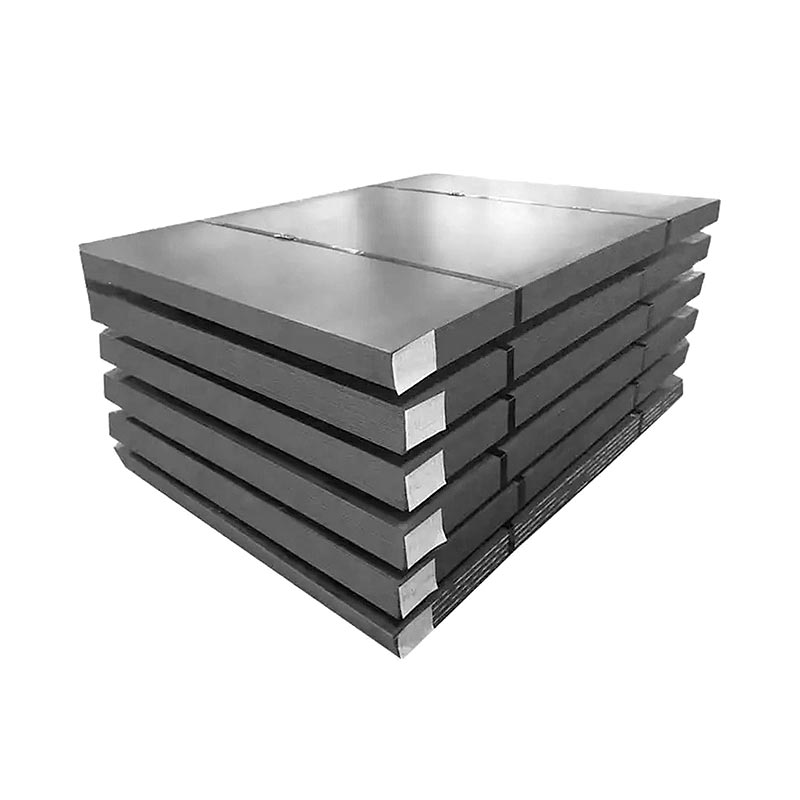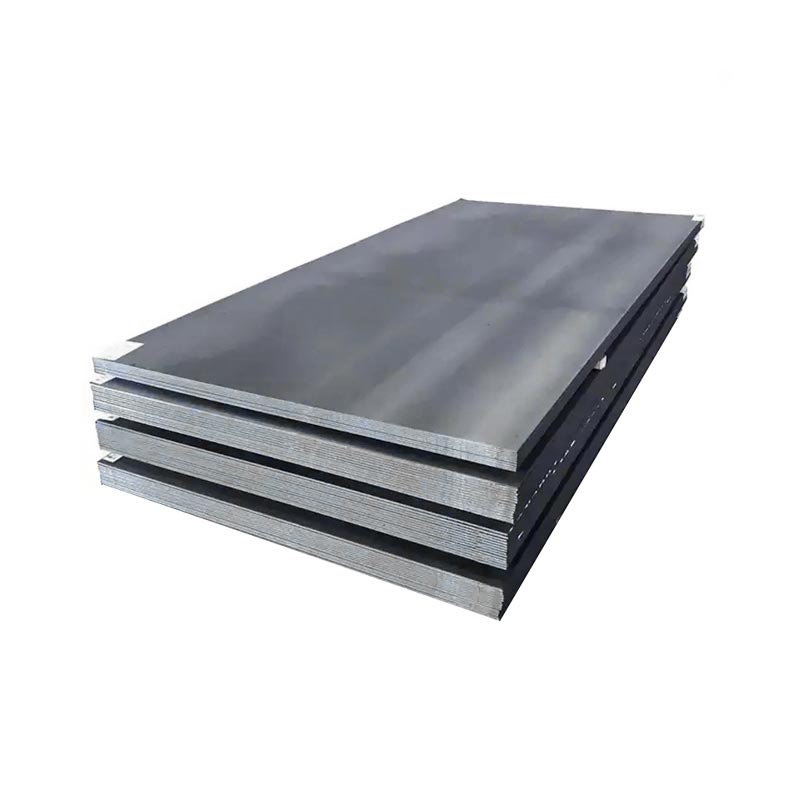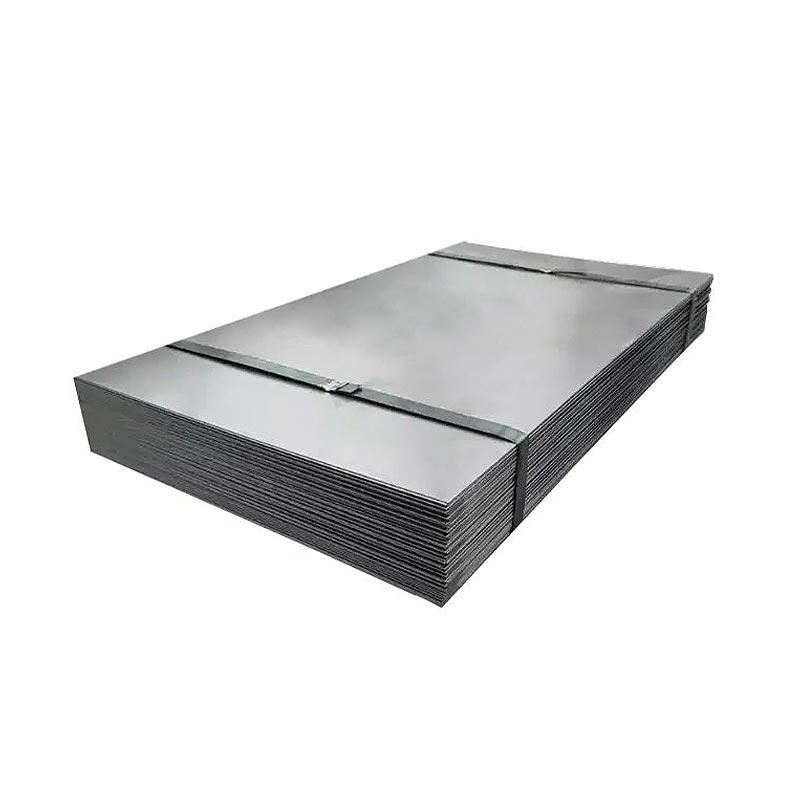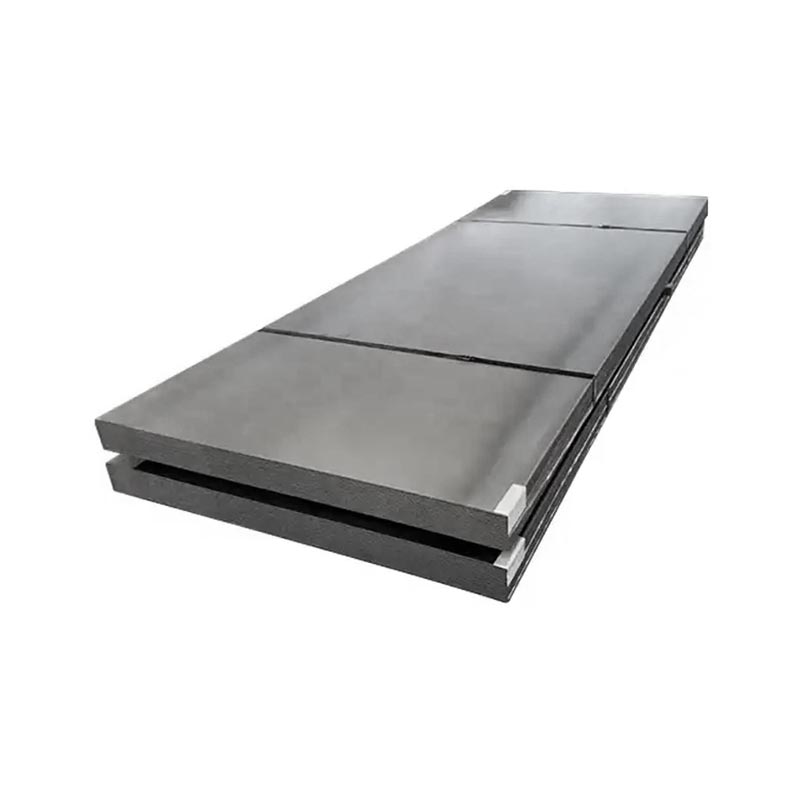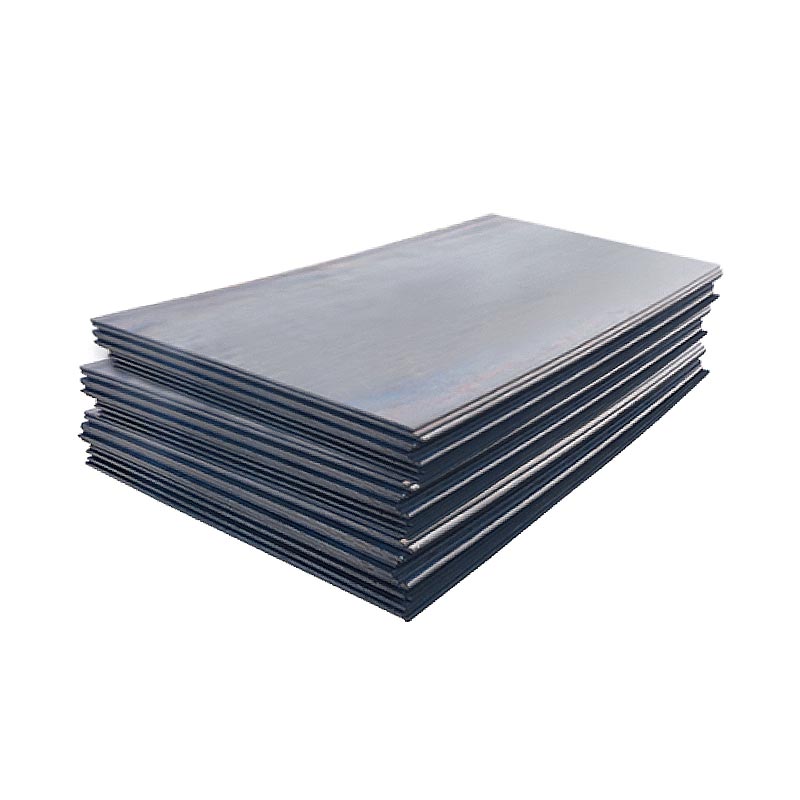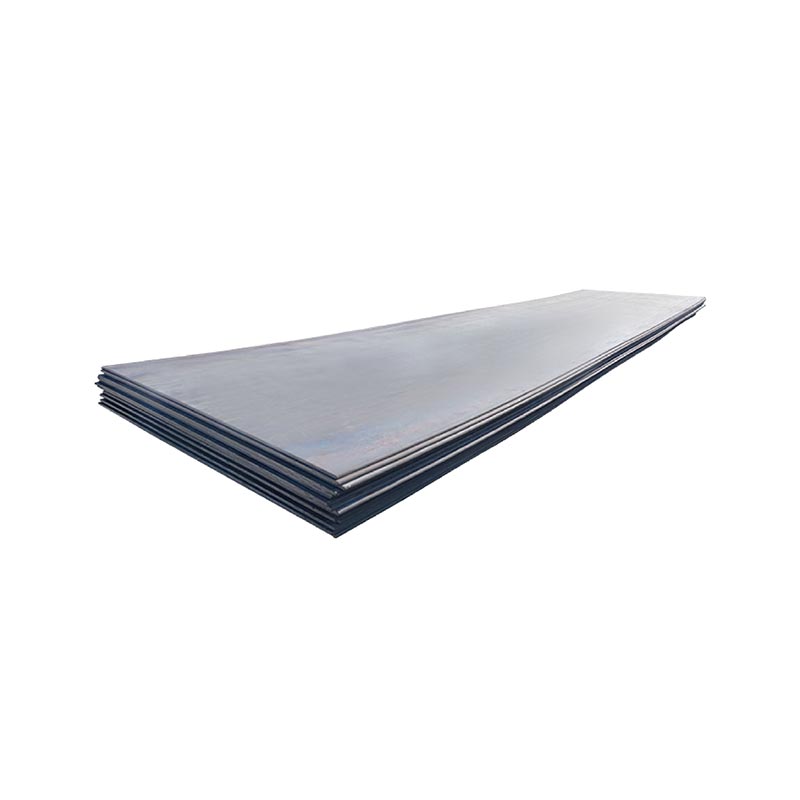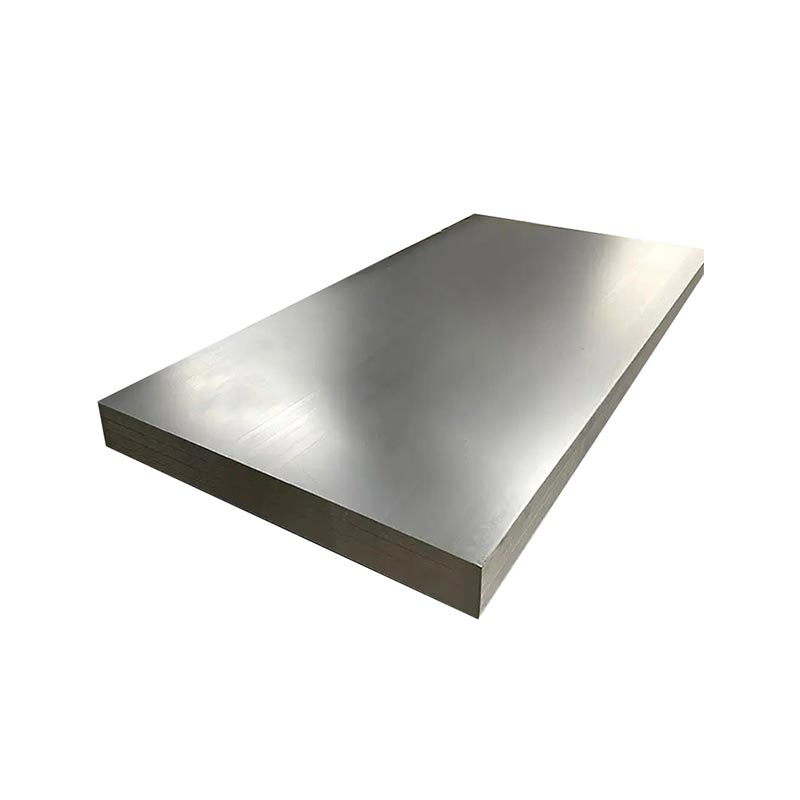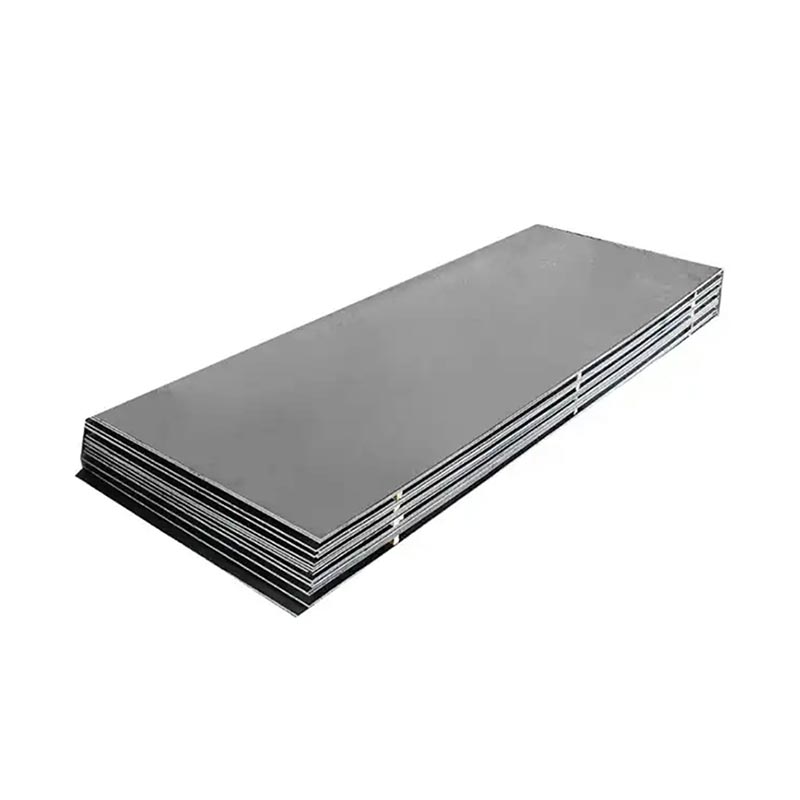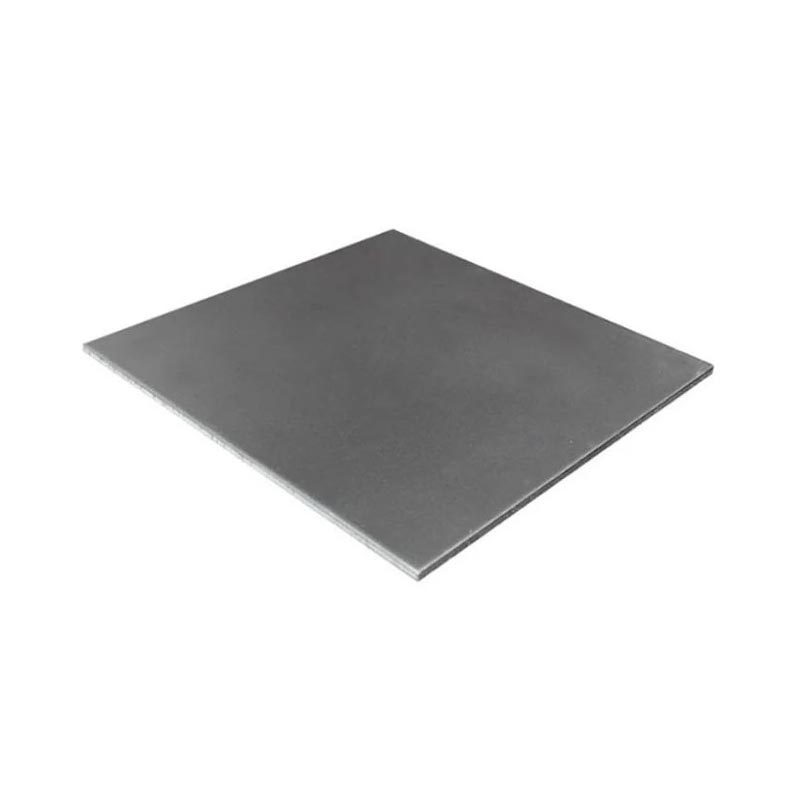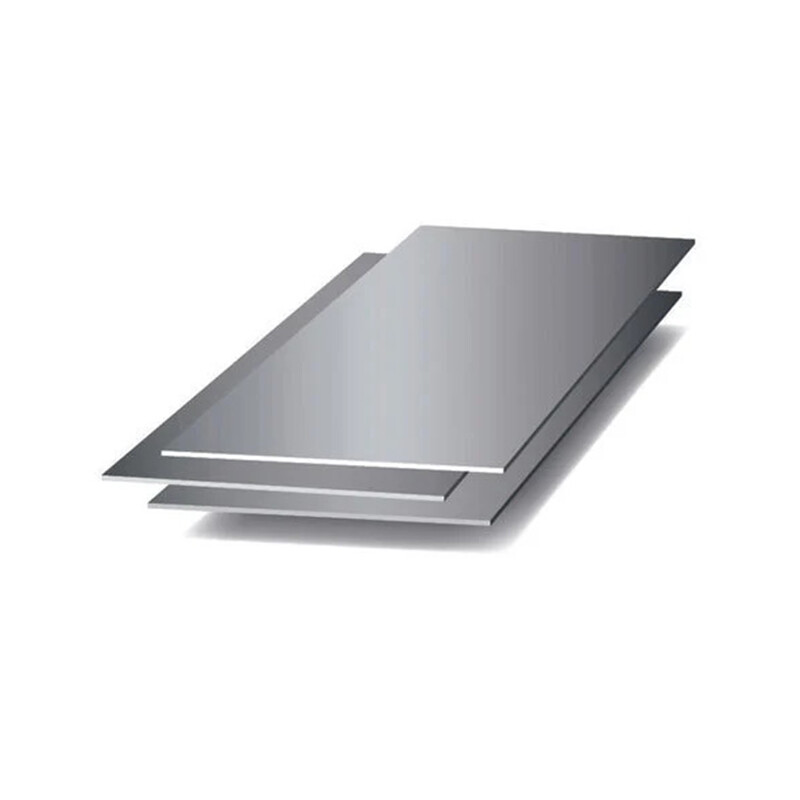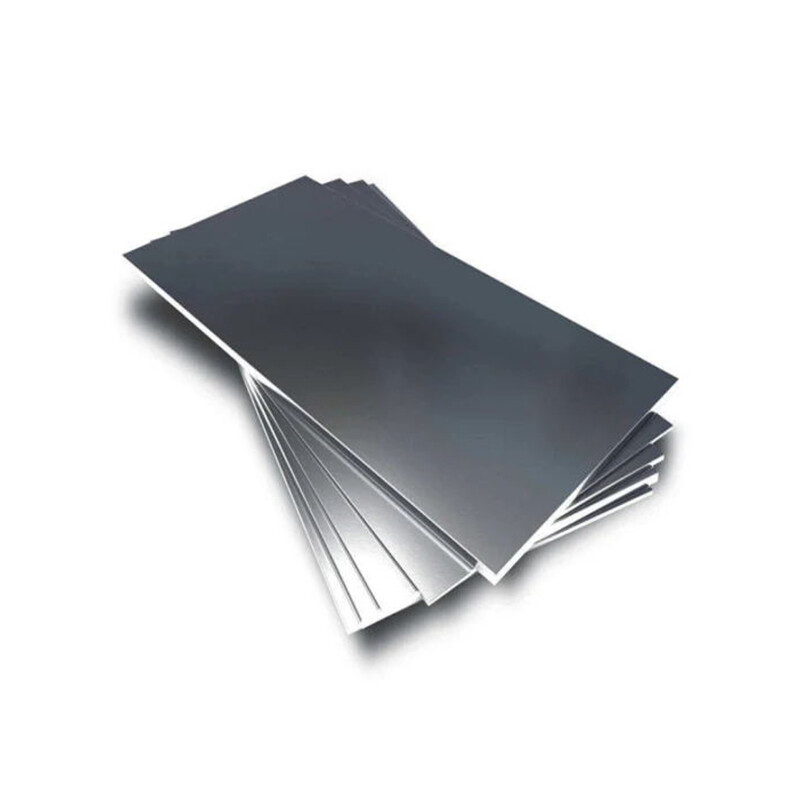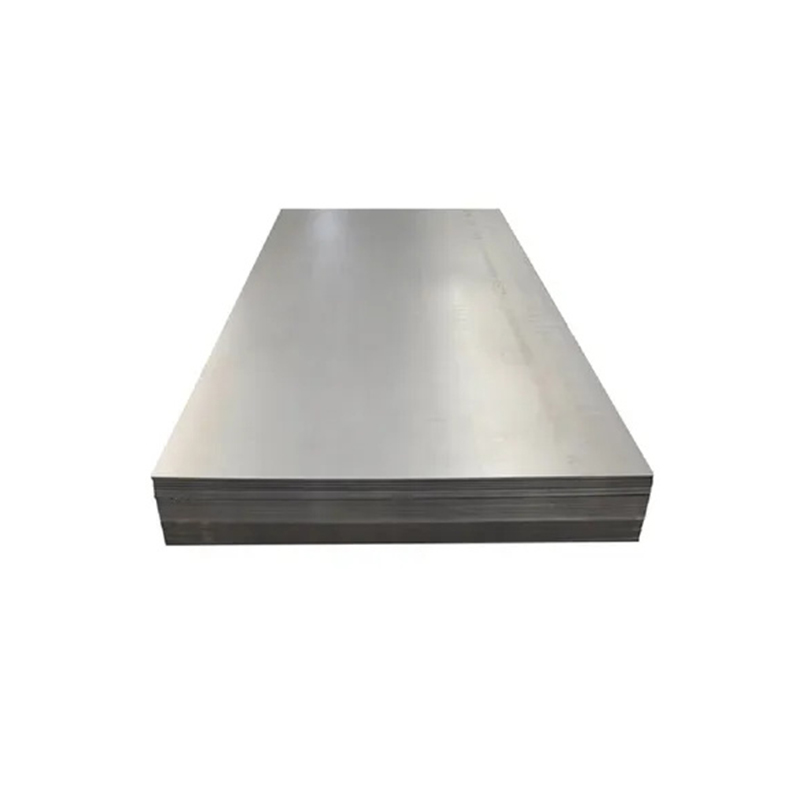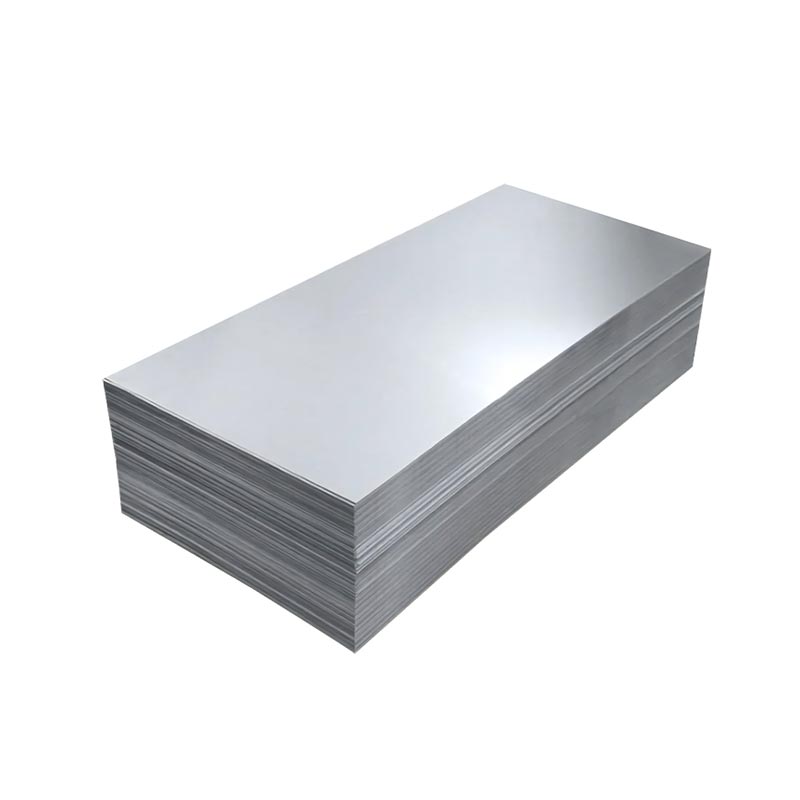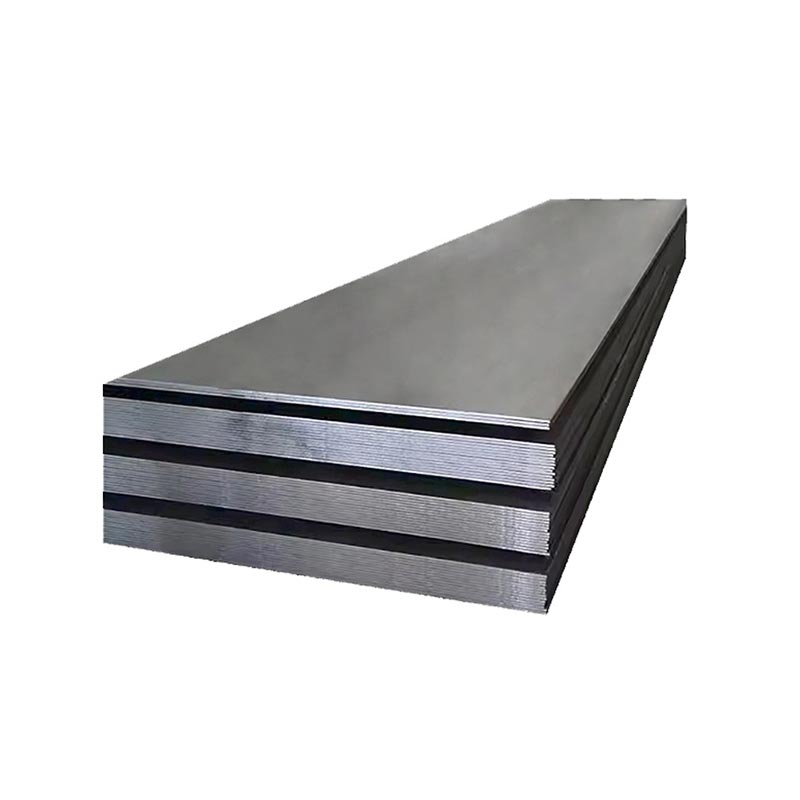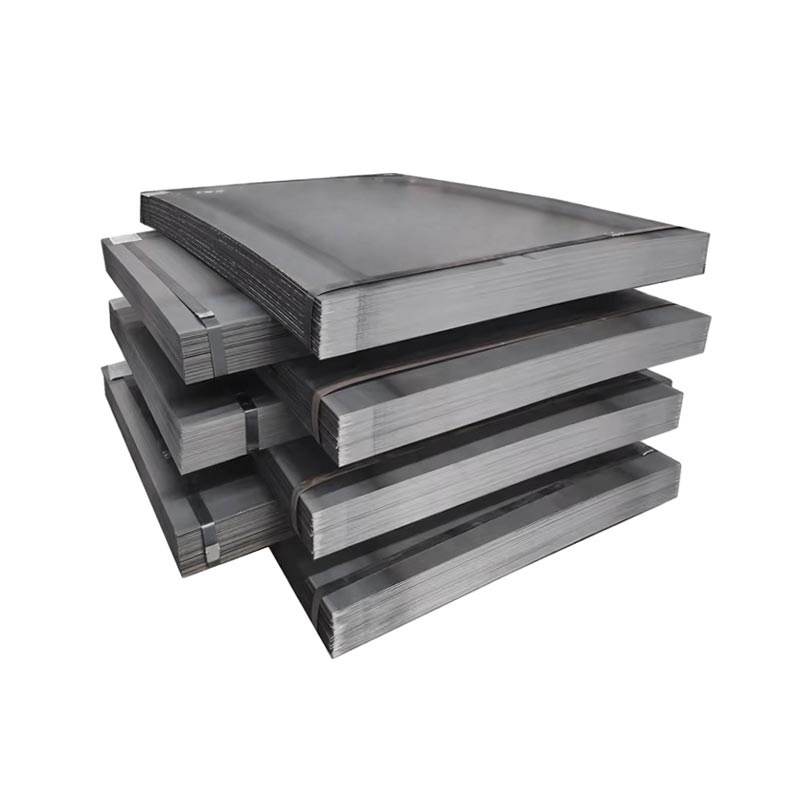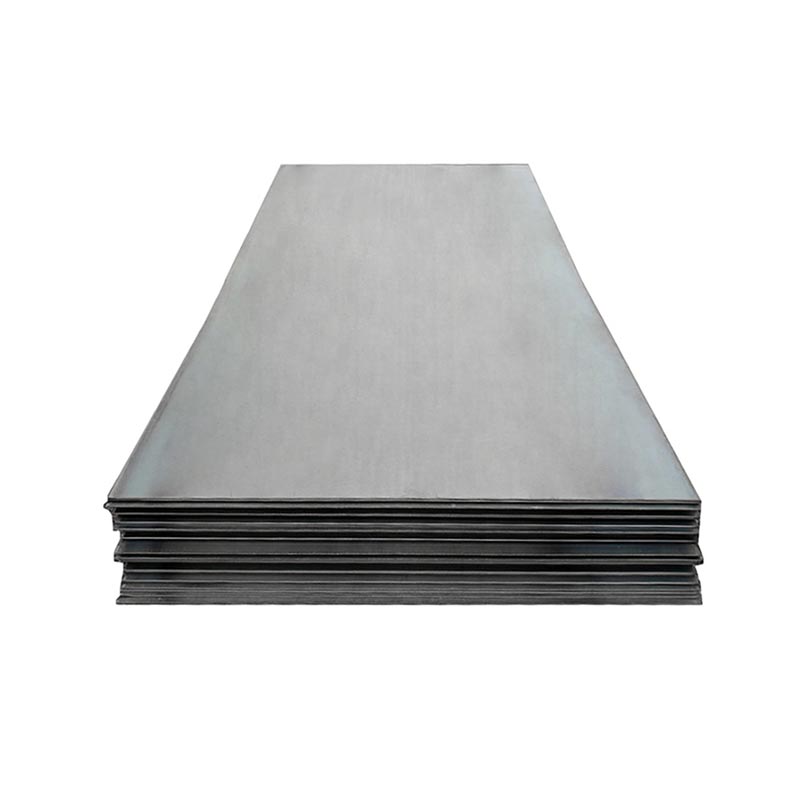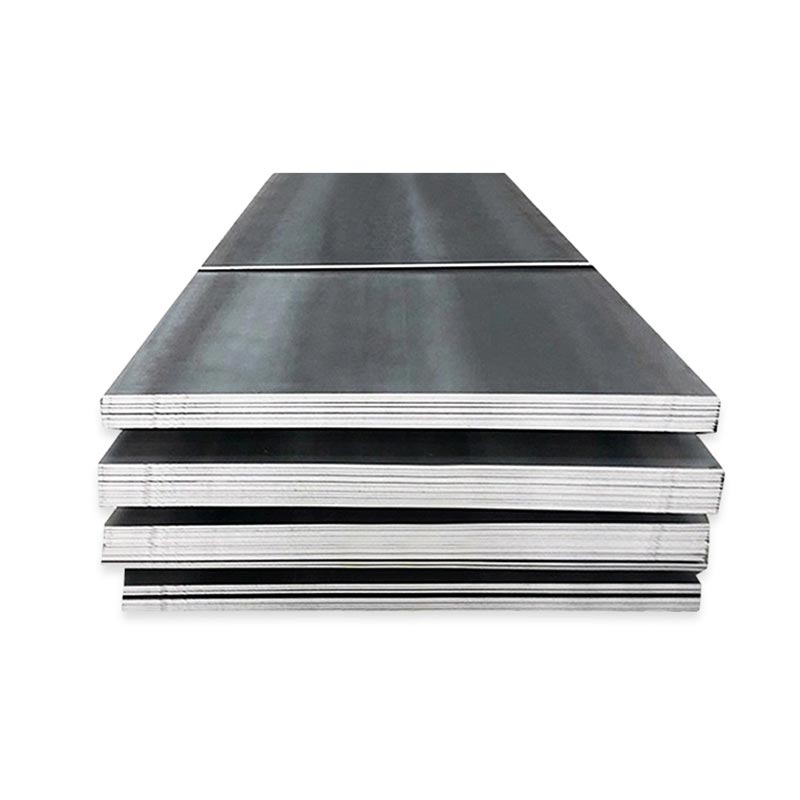Carbon Steel Coil
● A carbon steel coil is a continuous, rolled sheet of carbon steel (iron-carbon alloy) wound into a coil shape. Classified by carbon content (low, medium, high), it balances formability, strength, and cost.
● Low-carbon coils (e.g., A36) offer ductility and weldability, ideal for automotive parts or construction. Medium-carbon variants provide higher strength, used in machinery. High-carbon types are hard but less flexible, suited for tools.
● Available in various thicknesses and widths, these coils are unrolled for cutting, stamping, or forming. Common in manufacturing, construction, and metalworking, they serve as raw material for pipes, panels, and structural components.
View Video
P296GH/P355GH/P235GH Pressure Vessel Steel Coil
P235GH, P296GH, and P355GH are European EN 10028 pressure vessel steel coils, graded by strength. P235GH (yield ≥235 MPa) suits low-pressure use; P296GH (≥296 MPa) for moderate demands; P355GH (≥355 MPa) handles higher pressure/temperature. All offer good weldability, creep resistance, and toughness at elevated temperatures. Used in boilers, heat exchangers, and pressure vessels, they ensure reliability in high-heat, pressure-containing applications, compliant with strict industrial safety standards.
Get A Quick Quote!
You Can Leave Us A Message
or Send Us An Email!
Product Details
Product Parameters
Packaging and Transportation
Related Products
Leave Us Message
Please give us a message
What are you lookking for?

